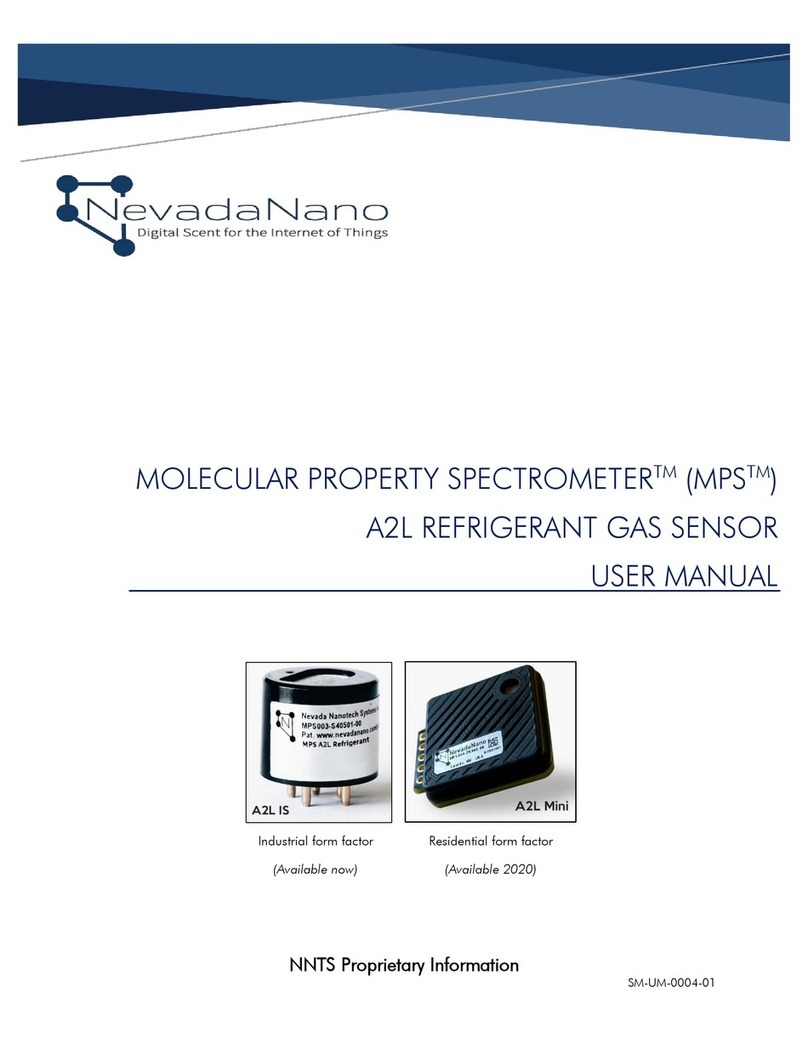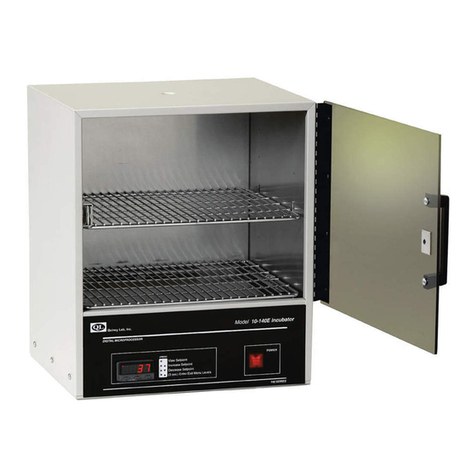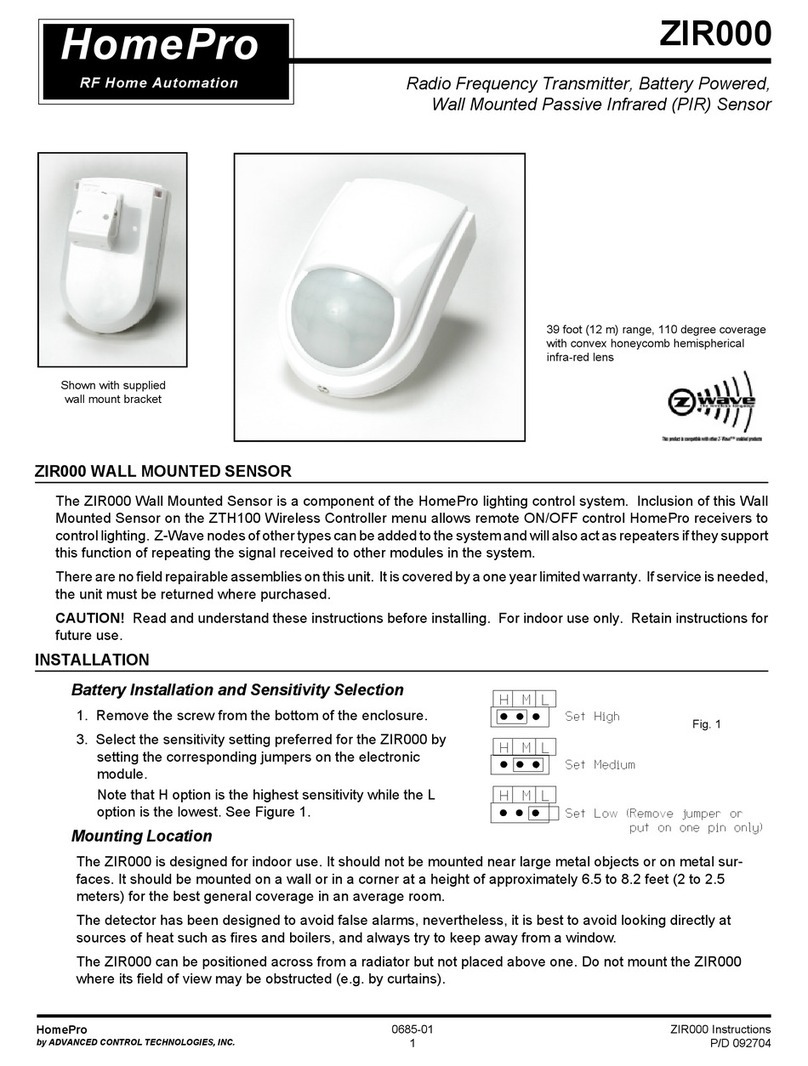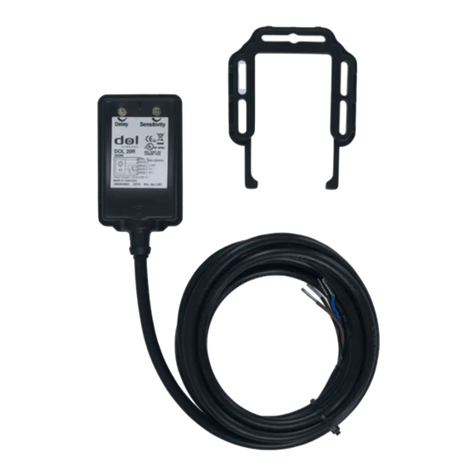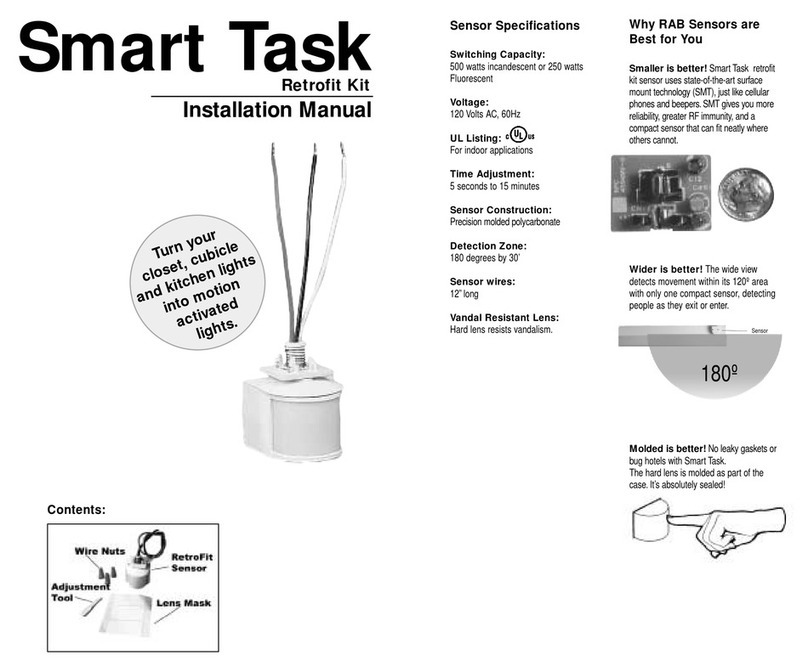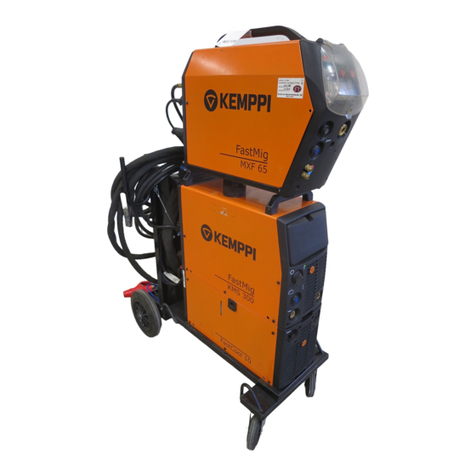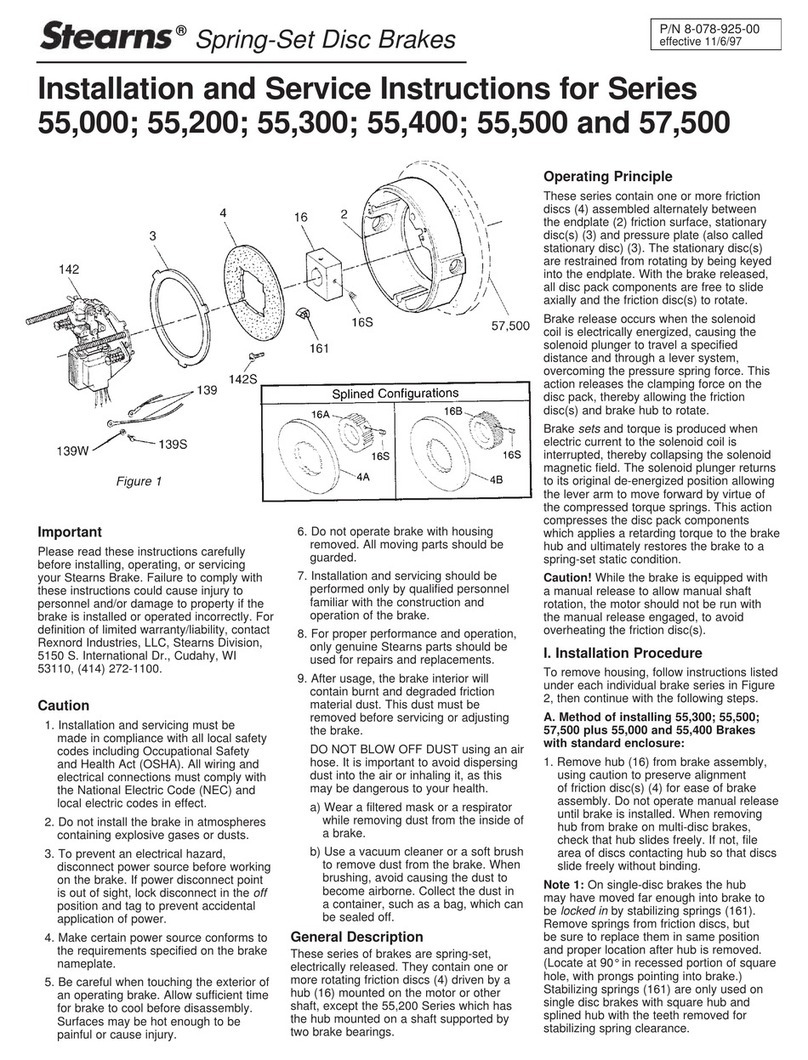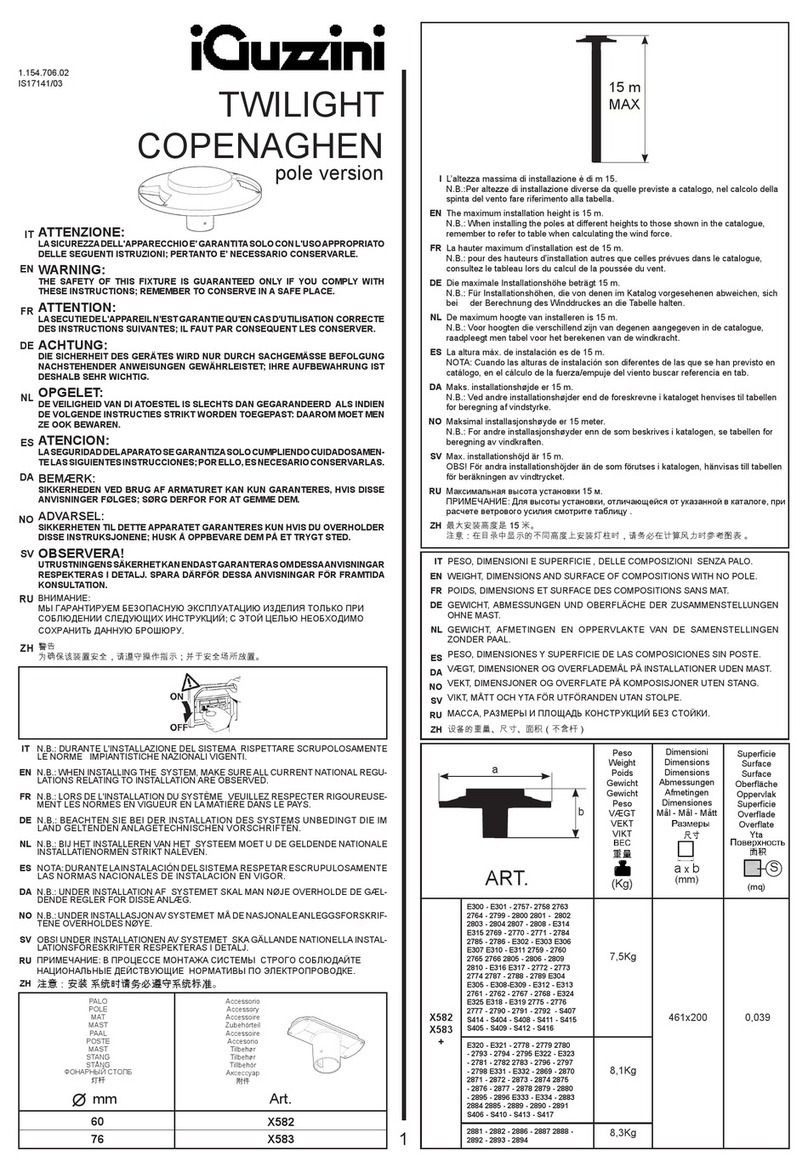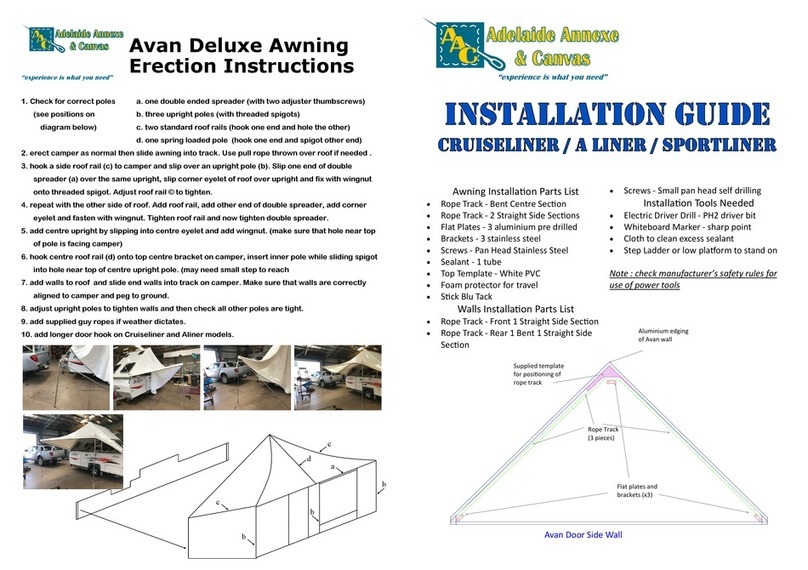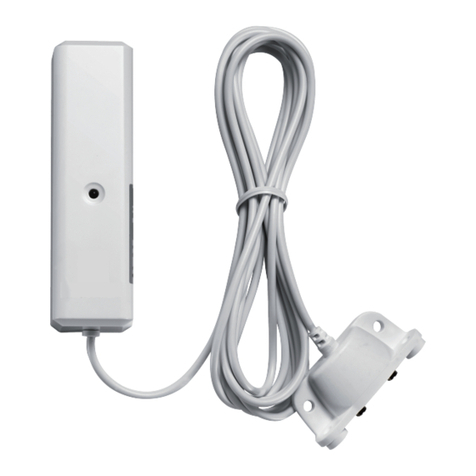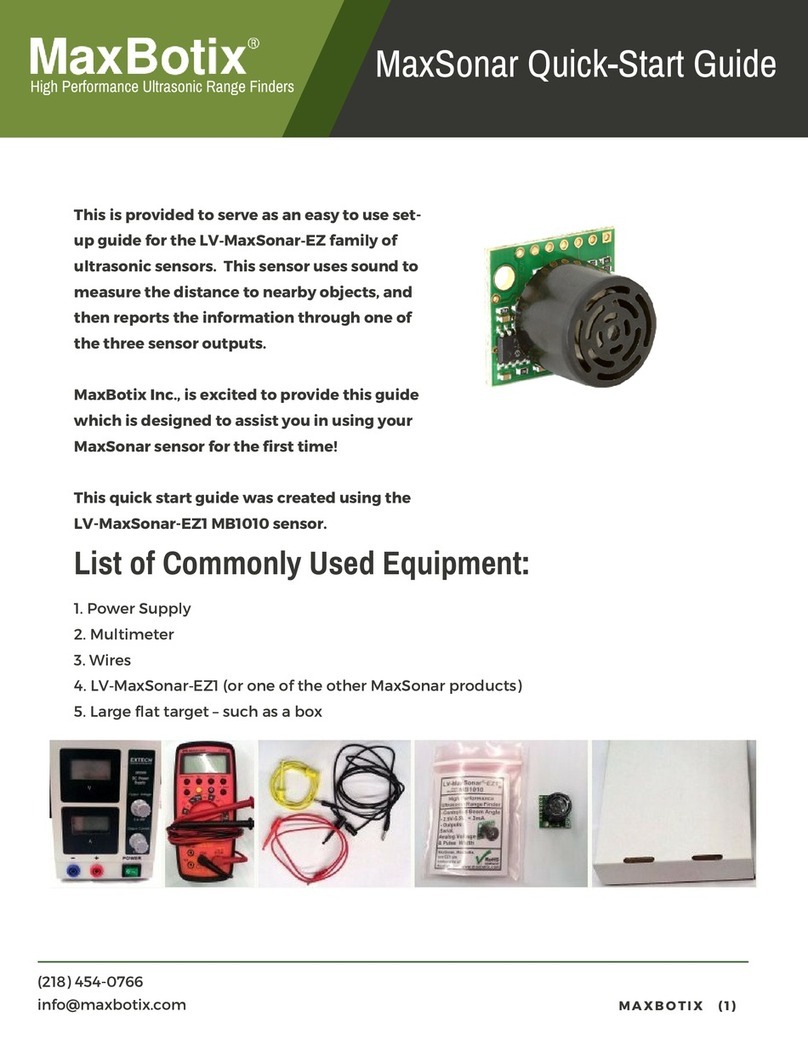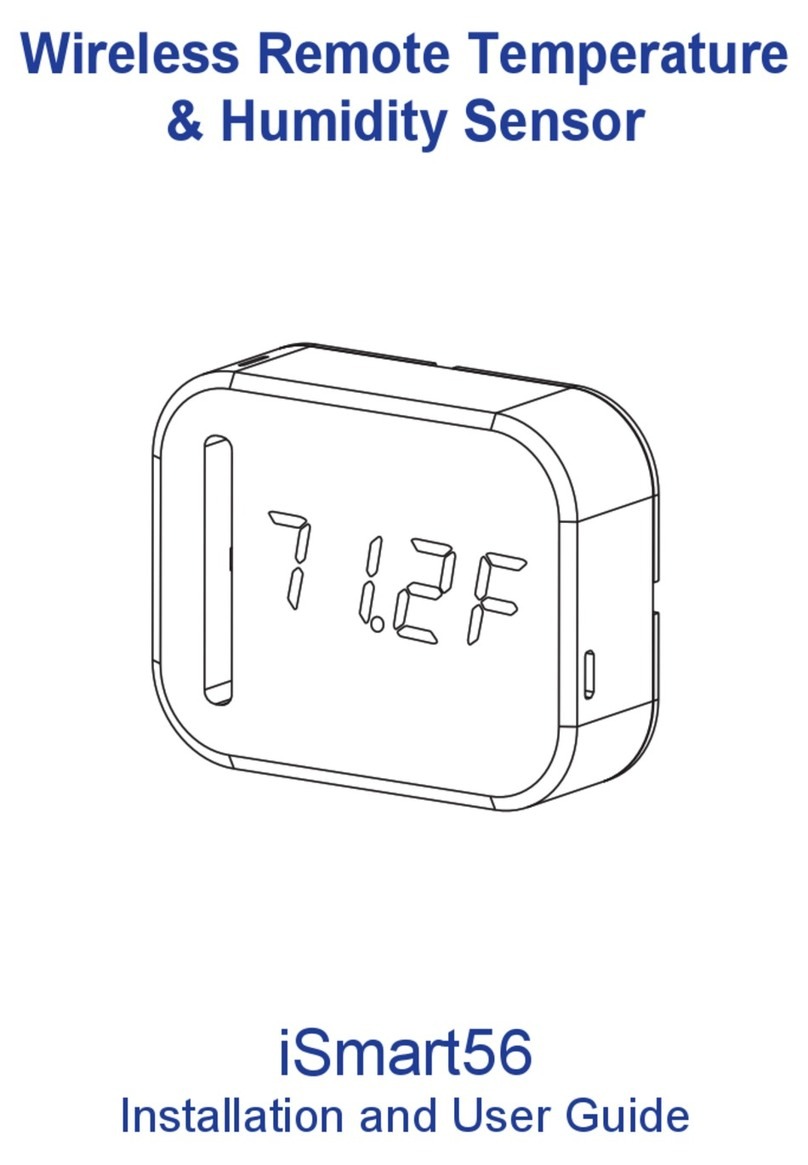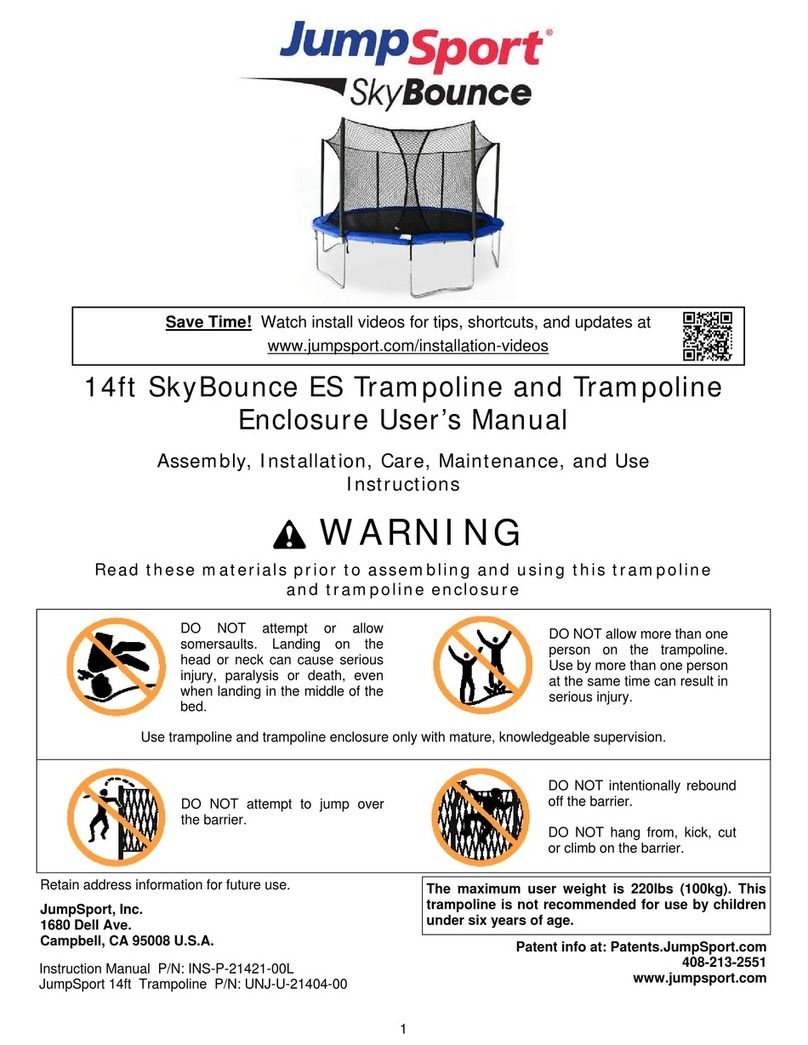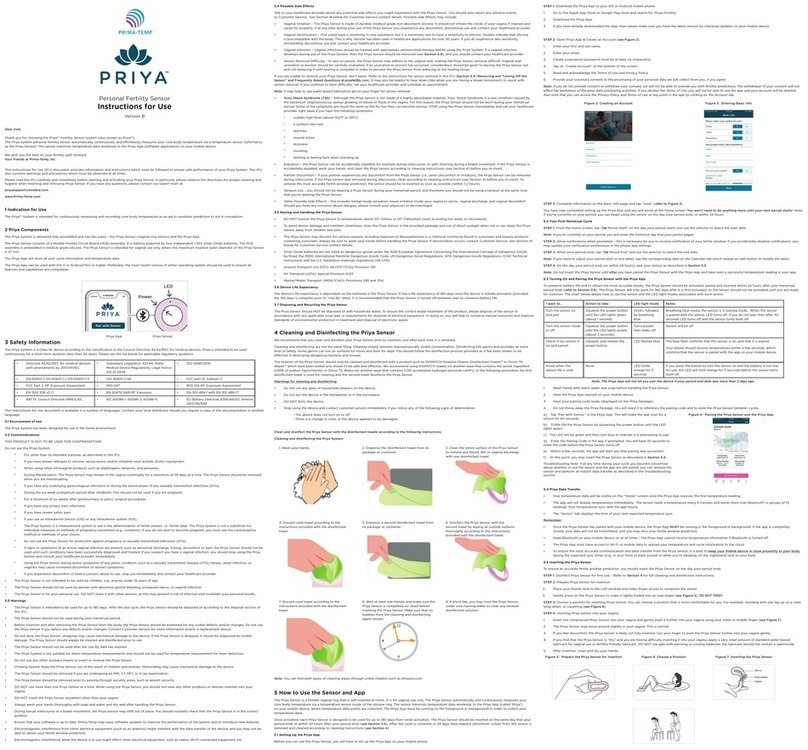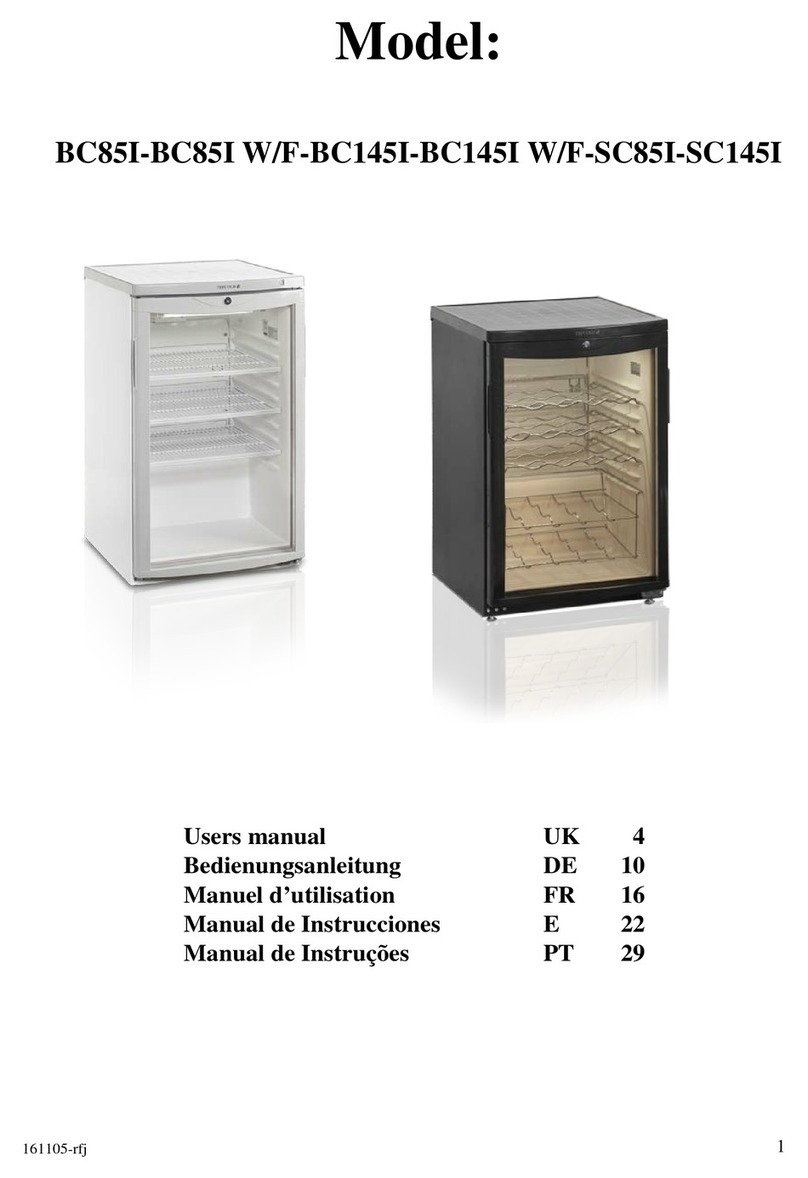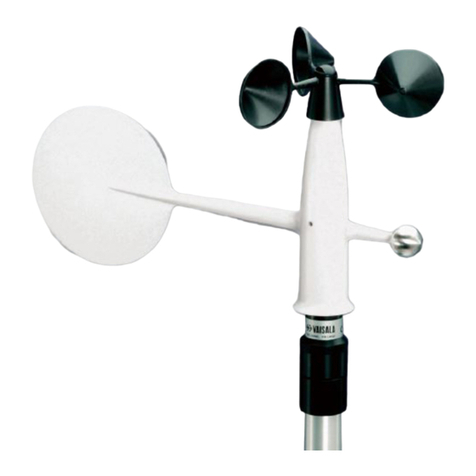NEVADANANO MPS User manual

NNTS Proprietary Information
SM-UM-0005-03
MOLECULAR PROPERTY SPECTROMETERTM (MPSTM)
A2L REFRIGERANT GAS SENSOR
EVALUATION UNIT USER MANUAL

1
SM-UM-0005-03
Notices
SM-UM-0005-03
Copyright © 2020-2021 Nevada Nanotech Systems Inc. All rights reserved.
1395 Greg Street, Suite 102
Sparks, Nevada 89431
All Rights Reserved
This publication is protected by copyright and all rights are reserved. No part of it may be reproduced or transmitted by
any means or in any form, without prior consent in writing from NevadaNano.
The information in this document has been carefully checked and is believed to be accurate. However, changes are
made periodically. These changes are incorporated in the newer publication editions. NevadaNano may improve and/or
change products described in this publication at any time. Due to continuing system improvements, NevadaNano is not
responsible for inaccurate information which may appear in this manual. For the latest product updates, consult the
NevadaNano website at www.nevadanano.com. In no event will NevadaNano be liable for direct, indirect, special
exemplary, incidental, or consequential damages resulting from any defect or omission in this document, even if advised
of the possibility of such damages.
In the interest of continued product development, NevadaNano reserves the right to make improvements in this
document and the products it describes at any time, without notices or obligation.
The Molecule logo is a trademark of Nevada Nanotech Systems Inc. Use of the logos for commercial purposes without
the prior written permission of NevadaNano may constitute trademark infringement and unfair competition in violation
of federal and state laws.
NevadaNano, the Molecule logo, Molecular Property Spectrometer, and MPS are trademarks of Nevada Nanotech
Systems Inc.
Other trademarks and trade names may be used in the document to refer to either the entities claiming the marks and
names or their products. Nevada Nanotech Systems Inc. disclaims any proprietary interest in trademarks and trade
names other than its own.
Please Recycle
Shipping materials are recyclable. Please save them for later use, or dispose of them appropriately.

2
SM-UM-0005-03
Contents
1. System Overview...............................................................................................................................................3
2. System Setup......................................................................................................................................................4
3. Conducting a Test.............................................................................................................................................6
Appendix A: Alternative Communication Configuration .................................................................................. 10

3
SM-UM-0005-03
1. System Overview
The Molecular Property SpectrometerTM (MPSTM) A2L Refrigerant Gas Sensor Evaluation
Unit is a user-friendly sensor system developed for assessing refrigerant gas detection
performance. The evaluation system is shown in Figure 1. The sensor’s pins connect to the
provided evaluation PCB for communication with a PC (USB) or breakout to individual
sensor signals (optional 5-wire harness). The sensor contains the MPS sensing element,
environmental sensor, microprocessor, and supporting electronics. A quarter-turn plastic
gas mask and housing is included to provide a sealed headspace above the sensor for test
gas delivery.
Figure 1 - (a) MPSTM A2L Refrigerant Gas Sensor, PCB with housing, gas-delivery mask, and USB A-
to-micro-B cable. (b) Sensor bottom-side detail.
The complete MPS™ A2L Refrigerant Gas Sensor Evaluation Unit kit consists of:
MPSTM Sensor Interface Software and Drivers
Evaluation PCB + housing
Gas delivery mask with integrated barbs
USB A-to-micro-B cable
1/4” Tygon tubing (McMaster: 6516T17)
Micro USB plug (not shown--optional)
MPSTM A2L Refrigerant Gas Sensor (sold separately)
(b)
(a)

4
SM-UM-0005-03
2. System Setup
The MPSTM A2L Refrigerant Gas Sensor Evaluation Unit receives power and interfaces either with a
PC via USB (default configuration for evaluation) or by using the UART protocol through a 5-wire
harness. The user interacts with the sensor while using the MPSTM Sensor Interface Software. With
this application, the user can:
establish communication with the sensor to start, pause, and end evaluation tests
examine data in real-time
record test notes
save data to .csv file
The MPSTM Sensor Interface, accompanying drivers, and Firmware Upgrade Instructions are
available at: https://www.nevadanano.com/downloads/
The user should first install the FTDI Driver, followed by a system restart, and then install the MPSTM
Sensor Interface Software. The setup procedure follows:
1. It is recommended that the computer used to operate the MPS sensor be powered
on prior to plugging the sensor in, since the MPS receives its power from the
computer. Interruption in power to the sensor will result in a sensor fault.
2. Connect the micro-USB cable to the MPS, then connect the opposite end of the
USB cable to a USB port on the computer. The MPS will automatically receive power
from the computer.
3. If a gas delivery manifold is not required, proceed to Step 4. If a mixture of
refrigerant and air is being used to interrogate the sensor, please note the
following:
a. Using the supplied ¼ -in tubing, connect the test gas system to one of the
integrated barbed connectors on the MPS gas mask.
Test gas should be supplied to the sensor at rates no greater than
300 mL/min.
The use of Nafion 1tubing is recommended to humidify the test gas
stream.
1For more information on Nafion, including its permeability for various gases, refer to:
http://www.permapure.com/products/nafion-tubing/

5
SM-UM-0005-03
The MPS should be initialized in the zero-air mixture used to dilute
the refrigerant when the sensor is powered on.
b. Attach the gas mask to the housing by aligning the arrow on the gas mask
at the 10 o’clock position and inserting the three tabs into the housing. Turn
the mask clockwise until the arrows on the housing and mask align and the
mask “clicks” into place. The barbs will be aligned across the horizontal axis
of the housing.
Figure 2 –Proper gas mask attachment is achieved when the arrow points align and the barbs are
in the horizontal position.
4. Open the MPS Sensor Interface application from the desktop icon:
5. Click the “Find MPS Devices” button and select the MPS A2L Refrigerant Gas Sensor
connected to the computer (Figure 3). The sensor name is found on the sensor
serial number in the form: Bxxxxxxxxx.

6
SM-UM-0005-03
Figure 3 –Selecting the active MPS™ A2L Refrigerant Gas Sensor.
6. The MPS sensor is now ready for testing. Proceed to the A2L Refrigerant Gas Sensor
User Manual (available at: https://www.nevadanano.com/downloads/), and read
thoroughly before continuing.
3. Conducting a Test
When interrogating the sensor with pre-diluted mixtures of refrigerant, always start the flow of
zero-air baseline gas over the MPS and wait ~1 minute for baseline gas to replace ambient air
before proceeding. The Concentration Unit functionality is not available for A2L. It automatically
reports in %LEL units, with %vol/%LEL per ISO 10156. Click Start to begin data acquisition. The unit
will acquire 10 baseline readings (Figure 4, highlighted in green). After this stabilization period, the
sensor is ready for testing.
(a)

7
SM-UM-0005-03
Figure 4 –Acquiring sensor environmental baselines at the beginning of a test.
During a test, the system generates a new data point every 2 seconds. Data can be visualized on
the MPS™ Sensor Interface Software in real time throughout a test. Graphs can be resized and
zoomed in and out while data are being collected. Graphs can be reset to auto-scale by double
clicking on the desired axis.
The MPS™ A2L Refrigerant Gas Sensor must be in an idle state before shutdown. Pause the current
test and wait for the system status dialogue to display “Idle”, then save or clear the data. The USB
cable can now be disconnected.
The user must enter test notes by clicking the “Edit Test Notes” button highlighted in green in
Figure 5 any time prior to saving data.

8
SM-UM-0005-03
Figure 5 –Example test notes dialogue box.
After entering the experimental test notes, click “Save Data”. A dialogue box will appear to prompt
the user to select a directory for saved test data. After saving, the user can now clear the data and
begin another test by clicking ‘x’ on the tab and going to File->New.
Throughout a test, data are continuously updated and stored in a temporary directory. Once a test
is complete, data can be saved to a drive location specified by the user. The folder created in this
step is named using the following format:
Year_Month_Day-Time SensorName_testName
Here is an example:
2019_07_24-173313 B320290041_InitialTest
Avoid using hyphen and special characters ( - , \ , /, %, & ) when saving data.
The data folder will contain:

9
SM-UM-0005-03
1. timelog.txt –This file provides the start, pause, re-start, and end times of a test.
Here is an example:
2019_07_24 - 17_22_10: Started
2019_07_24 - 17_28_00: Stopped
2019_07_24 - 17_33_13: Data saved
2. mpsData.csv –This is a comma-separated-value formatted file that contains all the
data from the test, organized in columns:
Time
[s]
Cycle
T [C]
P [kPa]
RH [%]
Gas ID
Conc [%LEL]
3. testNotes.txt –This file provides a record of the test notes entered in the user
dialogue box before saving.

10
SM-UM-0005-03
Appendix A: Alternative Communication Configuration
An evaluation that requires direct communication to the MPSTM A2L Refrigerant Gas Sensor via
UART is shown in Figure 6. This configuration requires that the optional micro USB plug be inserted
into the unused USB port when actively interfacing with the sensor via the 5-pin header located on
the sensor PCB. The recommended 5-Pin mating connector has a Molex P/N: 0050579205. Please
consult with NevadaNano regarding communication or system integration issues.
Figure 6 –Alternative communication configuration. The micro USB plug (a) is inserted prior to
interfacing with the sensor via the 5-pin header (b)
Given the custom nature of this configuration, the following should be considered:
Reversing the polarity of the input power will result in a damaged sensor
Improper installation of the micro USB plug could result in interference on the
communication line, corrupt or missing data, etc.
The analog output of the sensor is available in all configuration scenarios
Table 1 details the pinout of the 5-pin header located on the MPSTM A2L Refrigerant Gas
Sensor evaluation PCB.
Table 1: 5-pin header pinout
Pin Number
Function
1
GND
2
V+ (3.3V to 5V ±5%)
3
Sensor TX
4
Sensor RX
5
Analog Out
(a)
(b)

SM-UM-0005-03
Nevada Nanotech Systems Inc.
1395 Greg Street, Suite 102
Sparks, Nevada 89431
United States
Tel: +1 775 972 8943
Fax: +1 775 972 8078
info@nevadanano.com
www.nevadanano.com
Other manuals for MPS
1
Table of contents
Other NEVADANANO Accessories manuals
